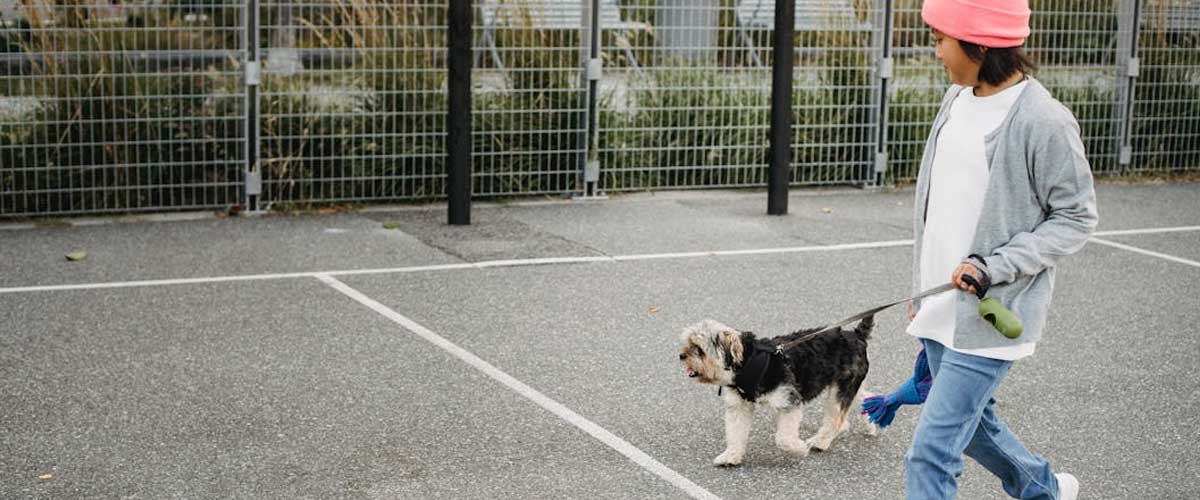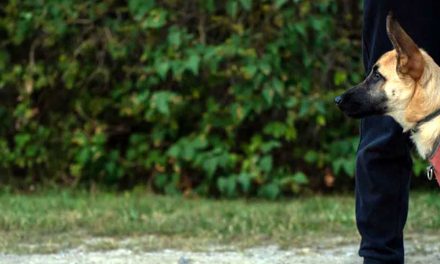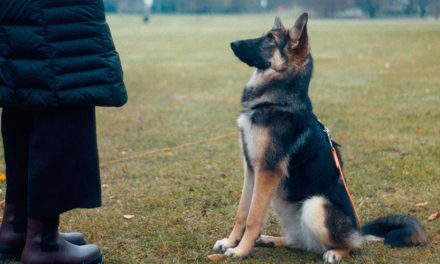Bringing a dog into your home is an exciting event, but it also comes with responsibilities.
One of the most effective and rewarding ways to manage a new furry family member is to involve children in the dog training journey.
This not only helps in raising a well-behaved pet but also fosters a strong bond between the dog and the children, teaching them valuable life skills along the way.
The Benefits of Involving Children
1. Learning Responsibility:
Training a dog can teach children about responsibility.
By participating in the training process, children learn that caring for a pet requires commitment.
They can take on age-appropriate tasks such as feeding, brushing, and practicing basic commands.
2. Bonding with the Dog:
Children develop a deeper connection with the dog when they are involved in the training process.
Engaging in activities like teaching tricks or practicing commands builds trust and affection, leading to a stronger relationship.
3. Enhanced Communication Skills:
Training a dog requires clear communication, and involving children helps them practice these skills.
They learn to give clear commands, use positive reinforcement, and communicate effectively, both with the dog and with others.
4. Understanding Empathy:
Training a dog teaches children to read emotions and understand behavior.
They learn to recognize when the dog is anxious or excited, fostering empathy and compassion not only towards animals but also towards people.
5. Physical Activity:
Involving children in dog training provides an excellent outlet for physical activity.
Whether it’s playing fetch or going on walks, it encourages children to be active while enjoying time with their pet.
Tips for Involving Children in Dog Training
1. Make it Fun:
Children respond best when training is enjoyable.
Use games, toys, and treats to keep their interest.
For instance, teaching a dog to fetch can turn into a fun game for both the child and the dog.
2. Set Realistic Goals:
Tailor training sessions to be age-appropriate.
Younger children might focus on simple commands like “sit” or “stay,” while older kids can take on more complex commands or tricks.
3. Use Positive Reinforcement:
Teach children about the importance of rewarding the dog with praise or treats when they perform a command correctly.
This helps instill the idea of positive reinforcement, which is essential in training.
4. Be Patient:
Training takes time, and it’s important for children to learn patience.
If a dog doesn’t pick up a command right away, encourage them to try again and celebrate small successes along the way.
5. Supervise Sessions:
Always supervise training sessions to ensure safety for both the dog and the child.
This is especially important with younger kids who might not fully understand how to interact with the dog safely.
6. Include the Dog in Family Activities:
Incorporating the dog into family activities can reinforce training in a relaxed environment.
Family walks, playtime in the yard, or outings to dog-friendly parks can be ideal opportunities.
7. Teach Calm Interactions:
Children need to learn how to approach and interact with the dog calmly.
Teach them to respect the dog’s space and to recognize signs of discomfort, preventing any stressful situations.
The Long-Term Impact
Involving children in dog training can have long-lasting effects beyond just having a well-behaved pet.
The skills they learn can translate to other areas of their lives.
The sense of accomplishment that comes from training a dog can build confidence and self-esteem.
Moreover, it instills a sense of companionship and loyalty, enriching the family dynamic.
In conclusion, involving children in the dog training journey is a multifaceted experience that promotes learning, responsibility, empathy, and joy.
As families embark on this adventure together, the bonds formed will create lasting memories and foster a love for animals that can last a lifetime.
Dogs can teach children as much as children teach dogs; it’s a journey of growth for both parties.











